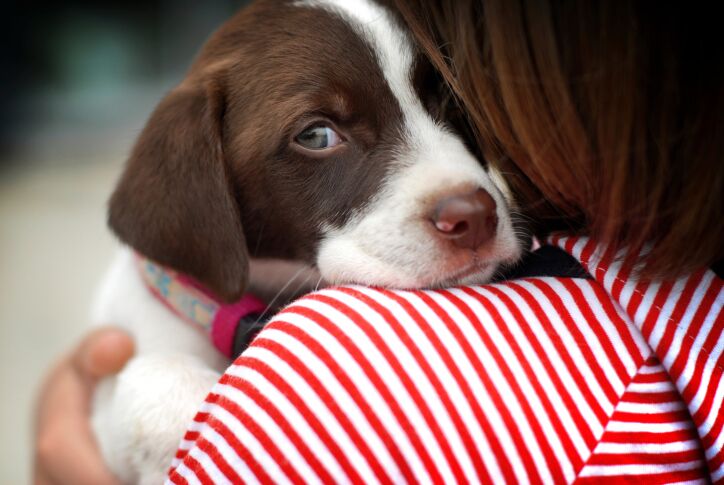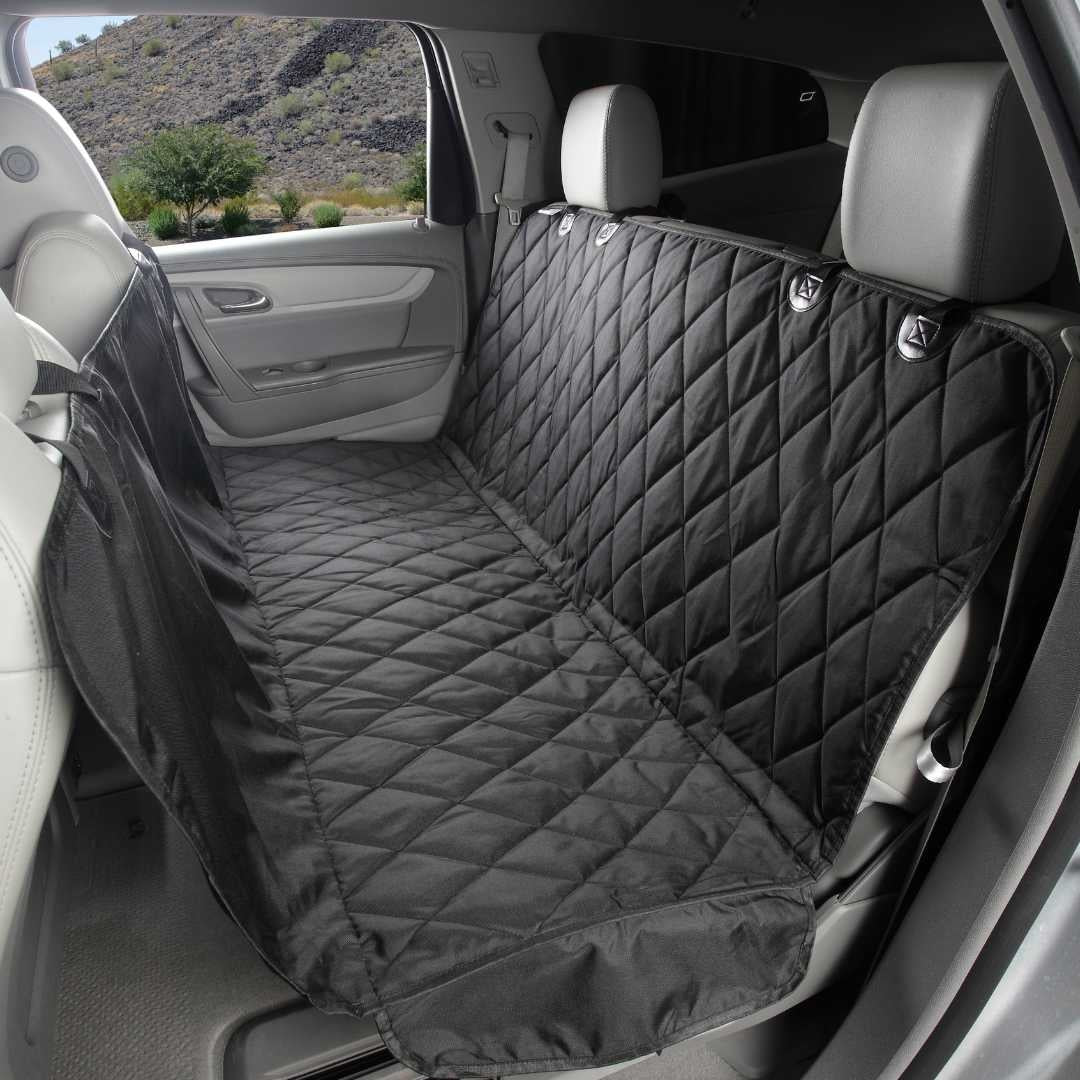Most of the time, dogs who have a fear of going in a car have had some sort of traumatic memory in the past.
This doesn’t have to be anything that we, as humans, would call traumatic, however. Indeed, it may seem as if from one day to the next, your dog simply decides to be scared of vehicles. Once it has made that decision, it may seem impossible to ever get it in the car again. However, there are actually things that you can do.
Although some people choose to keep their dog out of the car, this is not always practical. An emergency trip to the vet, a visit to a park slightly further away, taking the dog to a kennel when you go on vacation are all reasons why your dog will have to get into the car. This is why you should address the issue immediately, and try to resolve it as best as you can.
Be Patient
The first thing you must have is a lot of patience. Whatever the reason why your dog does not like cars, it may take quite some time to overcome that. Hence, start small.
“Start with short rides and gradually build up your dog’s tolerance for riding in the car. For example, the first time, just start your car, back out of the driveway, drive back into the driveway and turn off the ignition. Repeat this sequence for a couple of days, once or twice a day, always giving your dog a few tasty treats during her time in the car.”
If you are in a rush to go anywhere, unless it’s a veterinary emergency, it would be better to simply leave it to another time. Your dog needs to know that you don’t have a hidden agenda (such as a trip to the vet). You also have to show that you are willing to take it slow. You need to have a lot of calm energy that is positive and supportive of your dog. Also, make sure you don’t have any expectations of the end result. You cannot know beforehand how long this process will take and whether or not your dog will ever truly love to be in a car.
How To Approach the Vehicle
When you walk your dog up to your vehicle, there will come a point at which it will realize what you are doing and will start to struggle. This is the point at which you stop moving. It is best to do this with a leash, therefore, as it will allow your dog to pull away, but not to run away. When the dog starts to resist, stop moving and remain calm until it has calmed down too. Try to avoid eye contact as well at this point.
As soon as your dog has calmed down, start moving forward again, but with small steps. Each step you take is progress, even if it is just a single step at a time. This is another reason why you have to make sure that you have plenty of time. The point of this part of the exercise is not actually to get your dog into your vehicle. Rather, it is to make sure that it stops seeing the car as a threat. Make sure that you remain calm, because if you start to get anxious, your dog will instantly pick up on that and you will undo all of your hard work.
Baby Steps Are the Way Forward
Your dog may start to feel overwhelmed, leading to a full anxiety attack. If this happens, then you have tried to move far too quickly. Simply take a few steps back, wait for your dog to calm down, and start again. If your dog does not calm down, leave it for another day. A key element is to know when to stop. If you manage to get your dog all the way to the vehicle, stop there. Don’t immediately try to get your pup into the car as well; that is something for another day. See it as a stepped process, starting with getting to the car, and only then getting into the car.
You also need to truly know your own dog. You must feel comfortable recognizing its emotions. Additionally, make sure that you do not underestimate your dog’s fear.
“Regardless of what your dog is afraid of, or why s/he is afraid, resist any advice or temptation to force your dog to ‘face’ its fears (this is called flooding). One day that may be appropriate but until you know that your dog is ready, you risk making the problem worse. Respect your dog’s fears, they’re not silly, unfounded or senseless.”
What To Do Once You Get to the Car
Now that you are at the point that you can approach your vehicle, let the dog smell it. Show the dog all the different parts, and particularly the tires. Touch the vehicle so that the dog sees that it is okay. Your dog has to acquaint itself with the vehicle. Once you have gone through the outside, open the door and allow your dog to get in at its own pace and allow it to smell around again. Never forget that a dog’s scent is highly developed.
“An animal’s ability to smell extends into many realms. Since smelling is hooked into the most primitive areas of an animal’s brain, there is reason to believe that smell is also linked to sensations created long before the animal was actually born.”
What To Do Inside the Car
Once your dog has familiarized itself with the vehicle, it is time to get it acquainted with the actual spot of the car where you will be placing it. If, for instance, your dog will be traveling in the cargo area of the vehicle, try to get them comfortable with the area. One way to achieve this is by putting the cargo cover or liner you will be using in the house where your dog can lay on it and get used to it. A cargo cover is always a good idea, as it will also protect the inside of your car from any accidents, fur and dirt. Your dog will also learn that this is their own special place.







